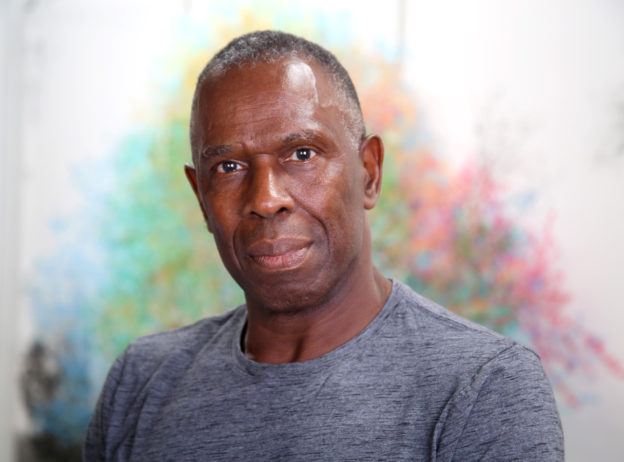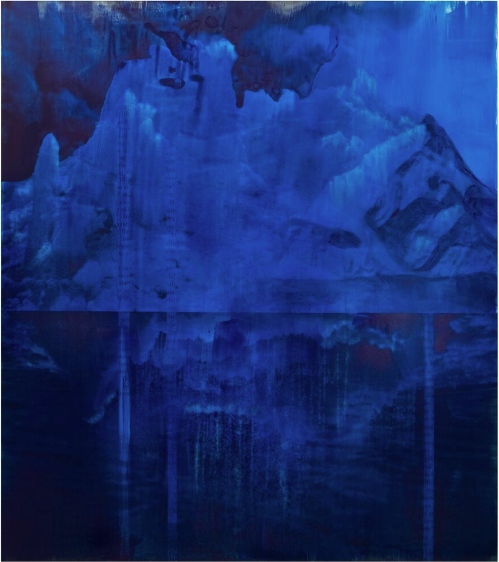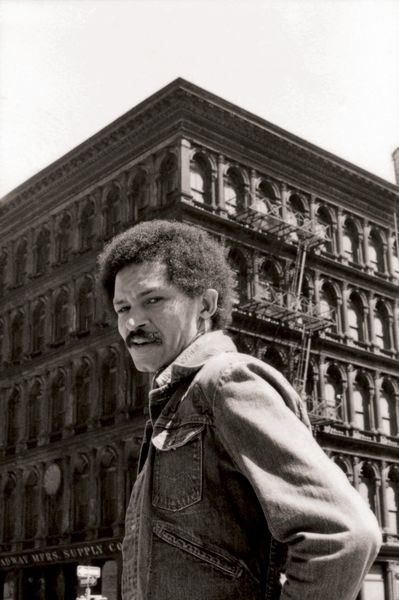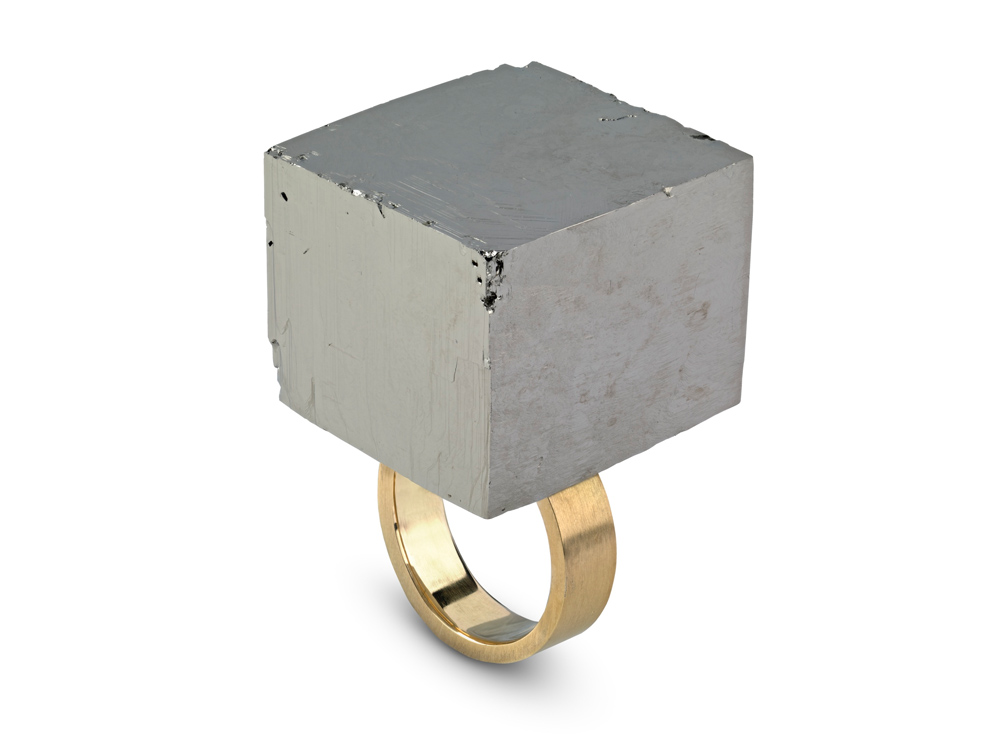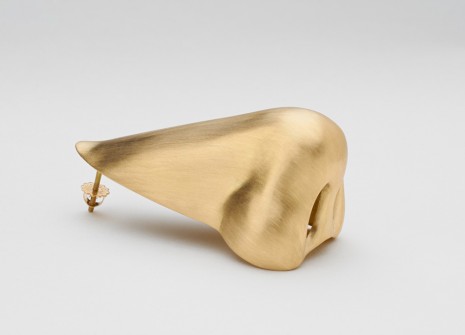The whole MANIFESTOS series is created this way: I put manifestos that I come across in a research file. And then I translate the text of each manifesto into musical notation. All the letters of the alphabet from A to G are converted directly into musical notation. So if the letter A pops up, then that’s translated into the note A. I also translate H as B flat, which is part of a Baroque tradition… All of the letters that are not notes becoming resting silent beats…
The whole idea, of course, is that the music is not produced subjectively. It’s produced following the system. The uncanny thing is that sound is subjectively realized. That happens because of the notational system; it’s a diatonic scale. The notational system is intuitive to anybody familiar with Western music… The listener finds the music meaningful regarding content and representation but fully understands there is no intention to produce meaning, or that the music is an expression of the artist… Whoever’s listening is making the meaning, because we’ve been trained to make those links. In other words, our cultural learning is producing our comprehension of the sound. That’s crucial to all my work. I’m arguing that the idea of the subjective imagination is an ideology, it’s not a fact. — Charles Gaines*


In conjunction with the exhibition CHARLES GAINES—PALM TREES AND OTHER WORKS, the artist’s MANIFESTOS 3—”a multimedia installation that functions as a systematic transliteration of two revolutionary manifestos into musical notation”—will be performed by pianist Richard Valitutto at Hauser and Wirth in Los Angeles.
An interpretation of Martin Luther King, Jr.’s 1967 speech at Newcastle University and James Baldwin’s 1957 essay “Princes and Powers”—a report from the famous 1956 Sorbonne conference of black writers—this MANIFESTOS 3 premiere will be followed by a conversation with Gaines and a book signing of the artist’s current exhibition catalog.

MANIFESTOS 3 BY CHARLES GAINES
Tuesday, December 10, at 7:30 pm.
CHARLES GAINES—PALM TREES AND OTHER WORKS
Through January 5.
Hauser and Wirth
901 East 3rd Street, downtown Los Angeles.
*“Manifestos: Charles Gaines in conversation with Cherise Smith, Part 2,” in Charles Gaines: Palm Trees and Other Works (Zürich: Hauser & Wirth, 2019), 118.

From top: Charles Gaines, photograph by Fredrik Nilsen; Martin Luther King, Jr., in 1967 at Newcastle University; James Baldwin; Charles Gaines, Manifestos 3 (detail), 2018, photograph by Nilsen; Richard Valitutto; Numbers and Trees: Palm Canyon, Palm Trees Series 2, Tree #7, Mission (detail), 2019, acrylic sheet, acrylic paint, photograph, two parts, photograph by Nilsen. Images courtesy and © the artists, the photographers, and Hauser & Wirth.


